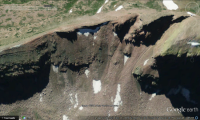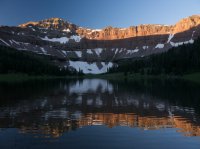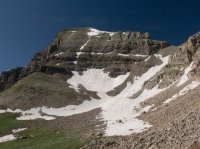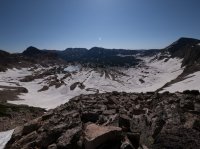- Joined
- May 5, 2012
- Messages
- 1,732
I spoke with Eric's wife Marilyn Koolstra last night. She had some good comments about his level of preparation and experience.
https://audioboom.com/boos/4978682-...e-recovered-in-the-high-uintas-wilderness?t=0
https://audioboom.com/boos/4978706-marilyn-koolstra-extended-interview-clip
https://audioboom.com/boos/4978682-...e-recovered-in-the-high-uintas-wilderness?t=0
https://audioboom.com/boos/4978706-marilyn-koolstra-extended-interview-clip




